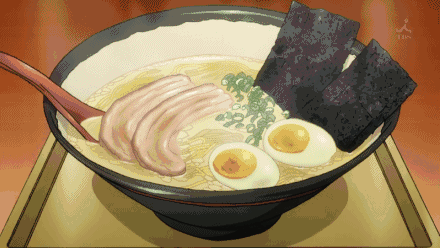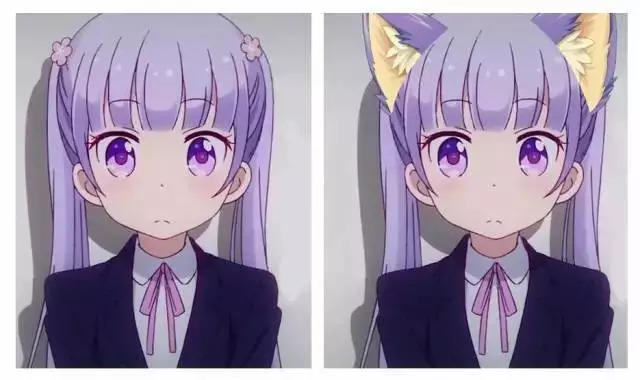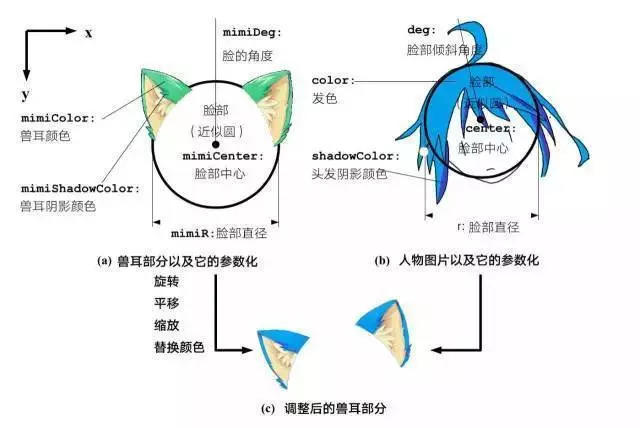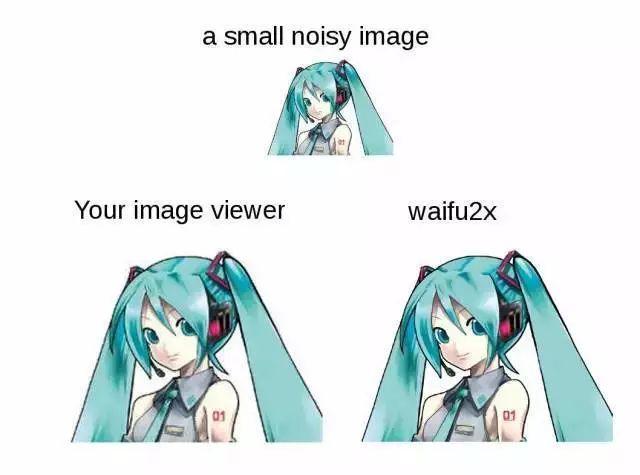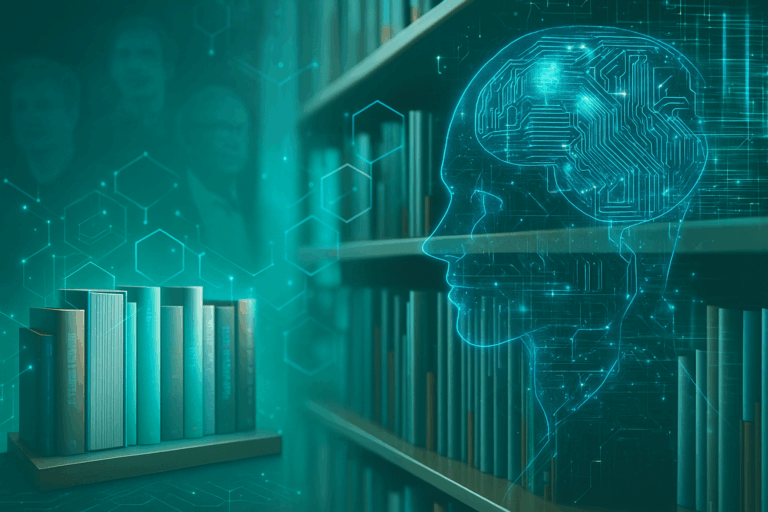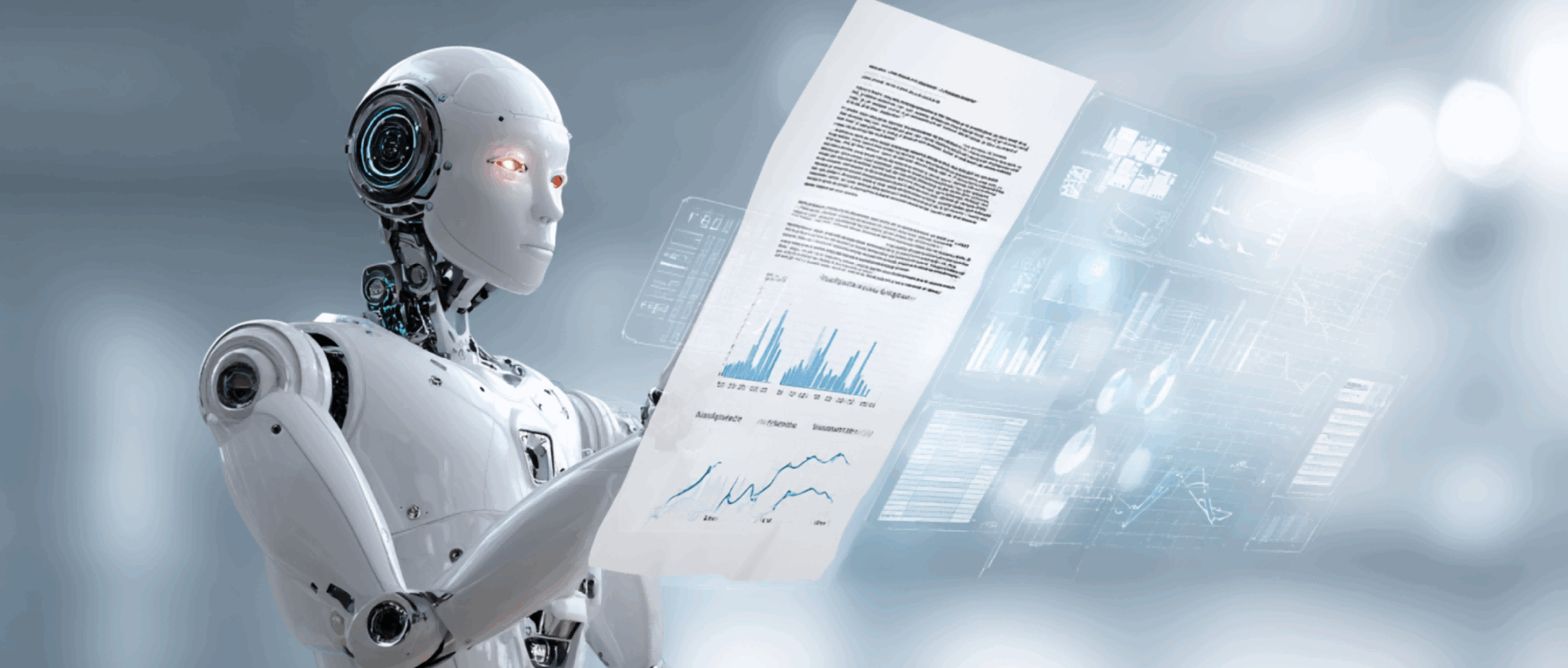What! Can machine learning be used in this way?
We have to admit that the Japanese have the most developed imagination in the world. Almost the entire mainstream society is immersed in a strange atmosphere of the second dimension, pranks, and otakuism.
Machine learning, a straight-A technology, is generally first used in heavy-duty fields such as security, finance, autonomous driving, and logistics, both in the leading United States and China. Doesn't it sound impressive?
When this straight-forward man's machine learning was applied to Japan, the style suddenly changed.
Kenji Doi, a data scientist from Tokyo, used a machine learning model and Google’s AutoML Vision to classify ramen noodles.
You heard it right, it’s really ramen.
The purpose of this project is also amazing. Kenji Doi wants to use machine learning toDetermine which of the many branches of the famous Japanese ramen restaurant Ramen Jiro this bowl of noodles comes from. So far, the model is said to have an accuracy of 95%.
Through this animated picture, let’s take a look at the data set of this model:
Ramen Jiro is one of the most popular restaurants in Japan, with 41 branches in Tokyo alone. Each store shares the same menu, and even the bowls used to serve the noodles are almost identical. Coupled with the Japanese's meticulousness and craftsmanship, I believe that each branch has a set of strict requirements for production technology and standards.
So it is really difficult to tell which branch a bowl of noodles belongs to by looking at a picture of it. Even the chef himself, who is a regular customer, finds it difficult to do so.
But Kenji believes that deep learning can solve this problem by identifying some of the smallest differences.
RML (Ramen Machine Learning)
To this end, he began to taste the food in each store.
He built a machine learning model to classify ramen noodles, and wanted to see if he could do the job more efficiently using Google’s AutoML Vision.
AutoML Vision creates custom ML models to identify wild animals or types of goods, so in theory, it can be used to classify ramen noodles. And it's easy to use, just upload a well-labeled picture and click confirm.
In Kenji’s case, he compiled a set of 48,000 photos of bowls at Ramen Jiro’s Tokyo locations, along with labels for each store, and uploaded them to AutoML Vision. The model ran for about 24 hours to do the recognition, and the results were promising: Kenji’s model was 94.5% accurate in predicting store locations from photos.
How AutoML detects the difference in ramen noodles is definitely not about taste, after all, GPUs don’t have tongues.
Kenji's first hypothesis was that the model identified the dishes by the color or shape of the bowls and tables, but the design of each branch was very similar. In response, Kenji's second attempt was to identify the differences by the number of ingredients and the presentation, the thickness of the meat, and the color of the marinade. These differences are not perceptible to ordinary people and are difficult to judge with the naked eye. However, through machine learning, they become simple and quantifiable.
AutoML Vision is easy to operate, so easy that it can be used without much programming knowledge. This also facilitates the research of non-computer science experts. Let’s look forward to more interesting attempts.
There are too many improper ways to play AI in Japan
In fact, compared to ramen, Japan has more interesting artificial intelligence technologies, all of which are applied to two-dimensional culture.
One-click to add cat ears
In this gadget,Users only need to drag the picture to the web page, and the algorithm will automatically add a suitable animal ear based on the tilt angle of the character's head and the overall style of the painting.
The color of the ears can also change according to the character's hair color.In addition to cat ears, you can also change to rabbit ears, dog ears, fox ears...
Deep learning, of course, uses image recognition. This project uses some parameters provided by the two-dimensional face recognition library AnimeFace. In order to improve the accuracy of face recognition, AnimeFace has accumulated 70,000 face images and 300 million non-face image training data, and finally achieved the effect of accurately recognizing face, skin, hair, and eye color.
My wife's photo will not be distorted no matter how big it is
This tool "Waifu2x" is well-known among 2D engineers for its funny and direct name and practicality. In Japanese pronunciation, "Wife" is pronounced as "waifu", and 2x means multiply by two.
Waifu2x is an image enlargement tool that is only for anime-style images. It can losslessly enlarge blurry small images by twice, reduce noise, and soften curves.We can feel the author's love for the two-dimensional beautiful girls from the name.
Waifu2x's algorithm is based on convolutional neural network technology. The author learned tens of thousands of pictures of anime girls and tens of thousands of thumbnails corresponding to the original pictures with half the width and height, and let it learn how to enlarge the thumbnails to restore the original pictures as much as possible.
With such initiative and imagination, perhaps one day, the two-dimensional world can really save the world.


